Nuages dans la main (1940) is based on imaginary characters and is written in a modernist style inspired by silent films and is a discreet parody of C.F. Ramuz. Set with the same backdrop in Geneva, Comme le sable (1946) and Le Creux de la vague (1967) interweave collective and personal life to relate the history of the inter-war period. La Paix des ruches (1947) and Jette ton pain (1979) reveal a novel’s potential to destabilise traditionally androcentric representations and present the world differently.
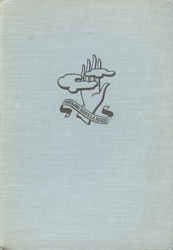
Nuages dans la main
The story is set in Geneva, more precisely at the International Labour Office (ILO), against the backdrop of the Spanish Civil War.
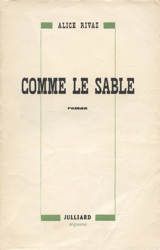
Comme le sable
Comme le sable (As the sand) inaugurates what Alice Rivaz had conceived as a ‘novelistic cycle’ in several volumes.
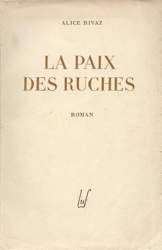
La Paix des ruches
La Paix des ruches (The peace within the beehive) was published two years before Simone de Beauvoir’s The Second Sex and precedes the feminist novels of the latter half of the 20th century.
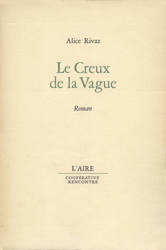
Le Creux de la vague
Le Creux de la vague (The trough of the wave), the follow-up to Comme le sable (As the sand), was published twenty or so years later (1967).
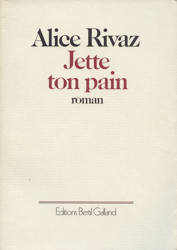
Jette ton pain
Jette ton pain (Cast thy bread) is Alice Rivaz’ masterpiece. This powerful book is a long recollection combining all the topics of her previous books.
